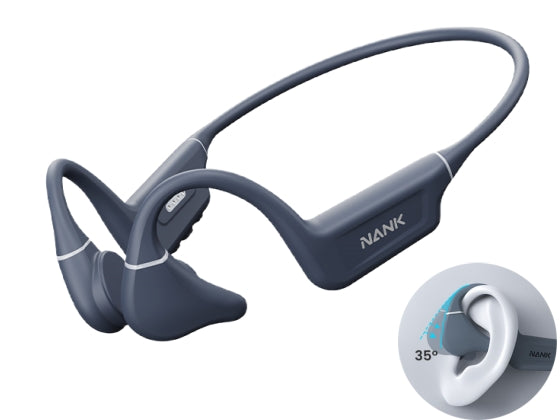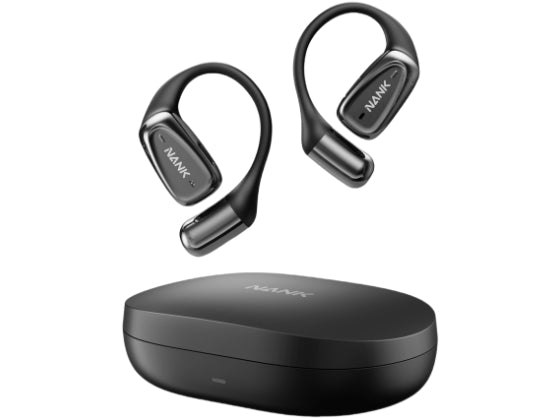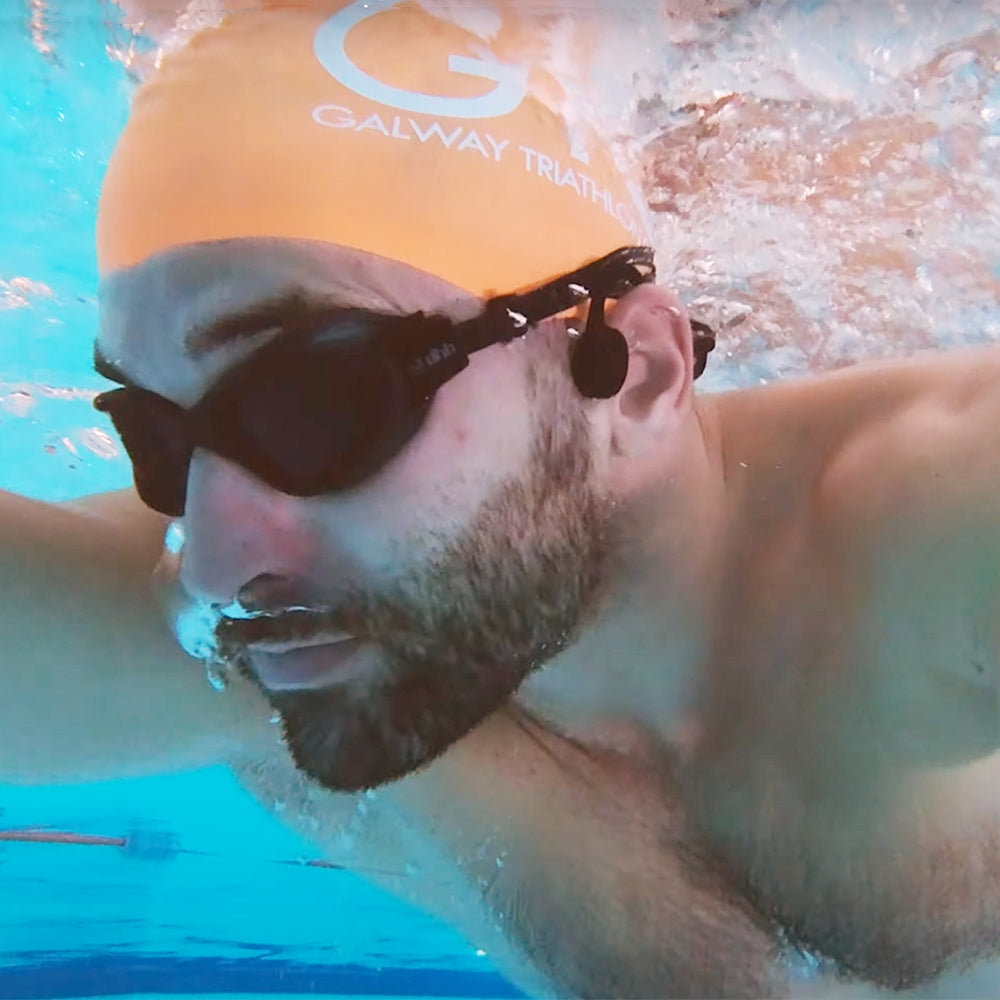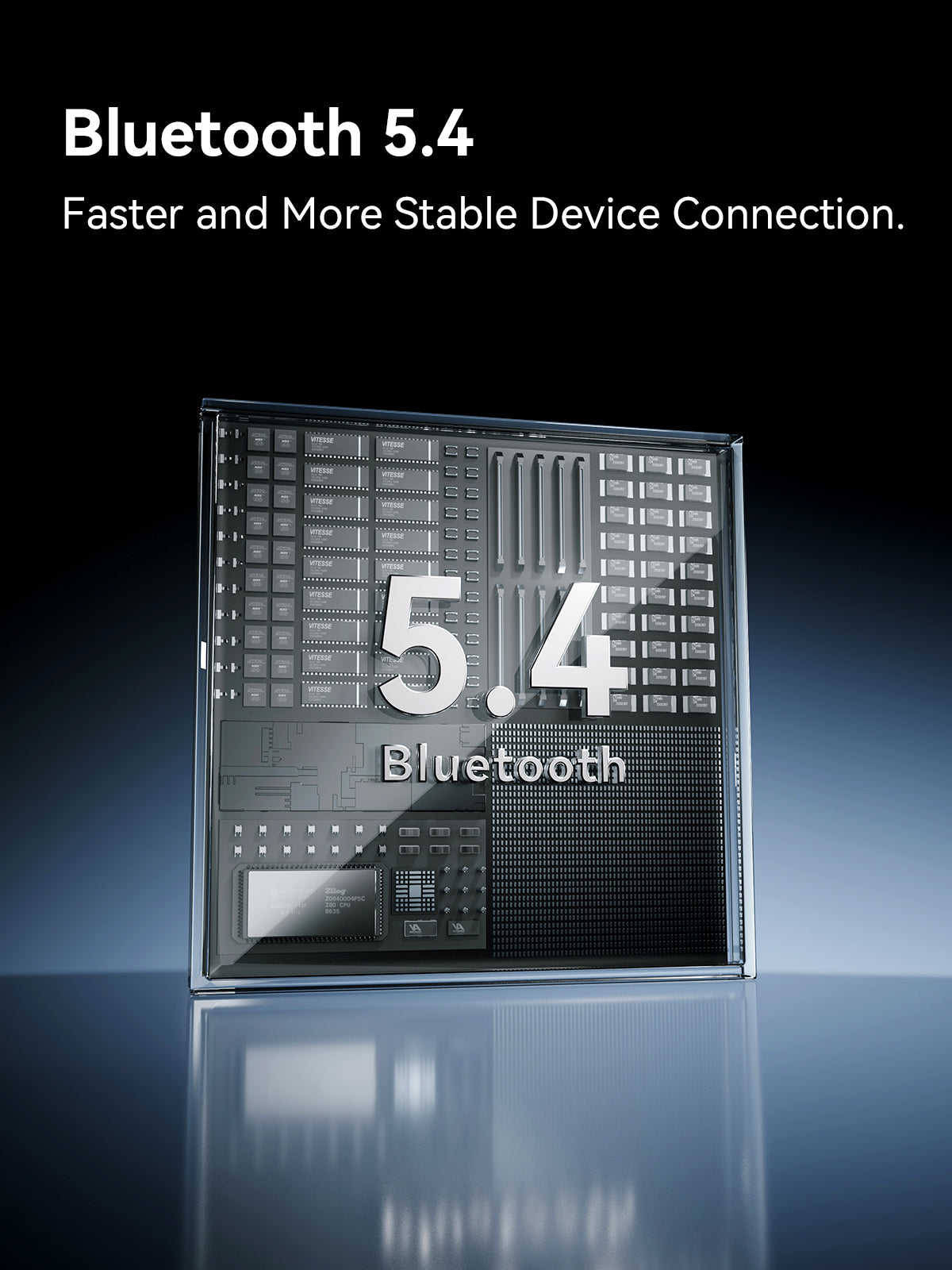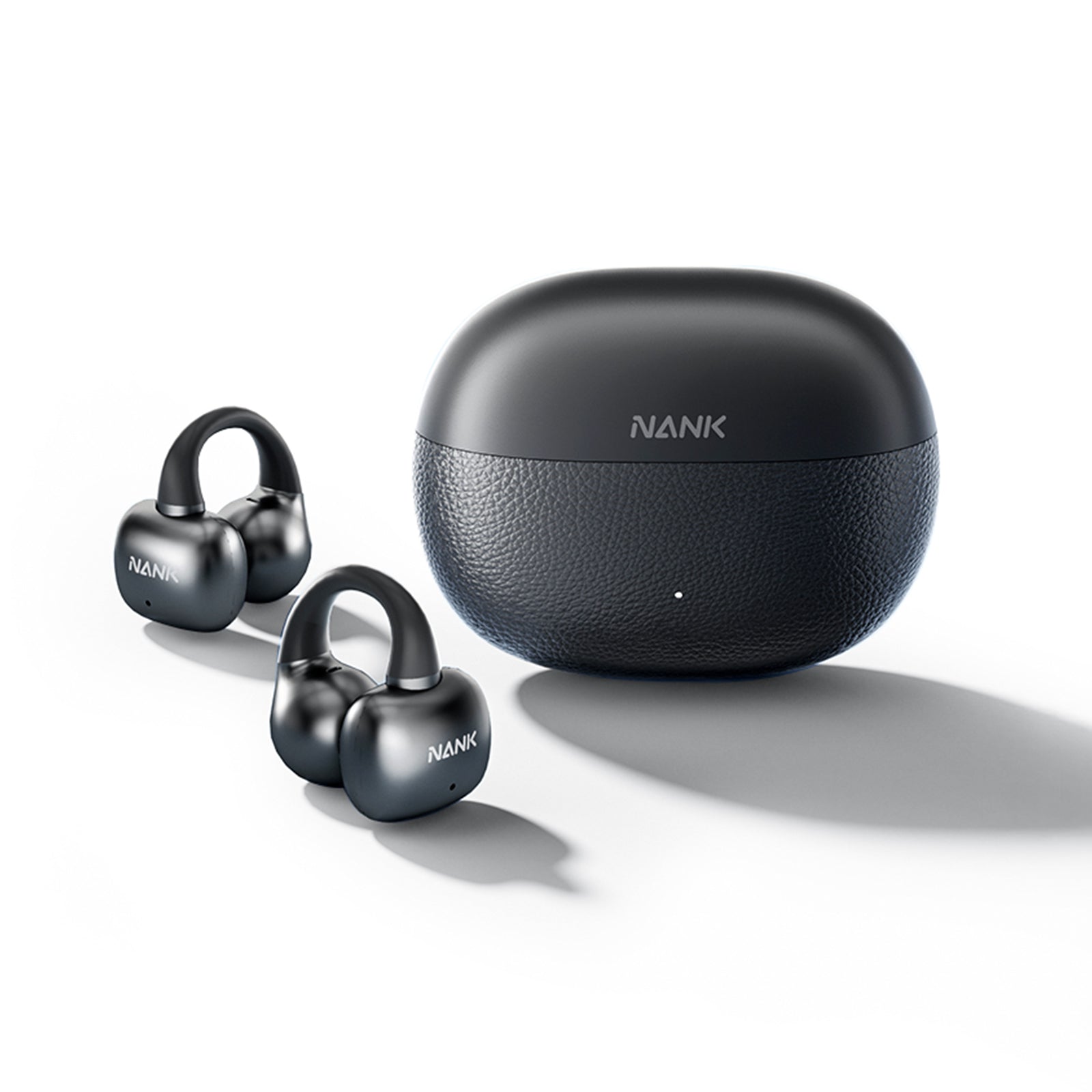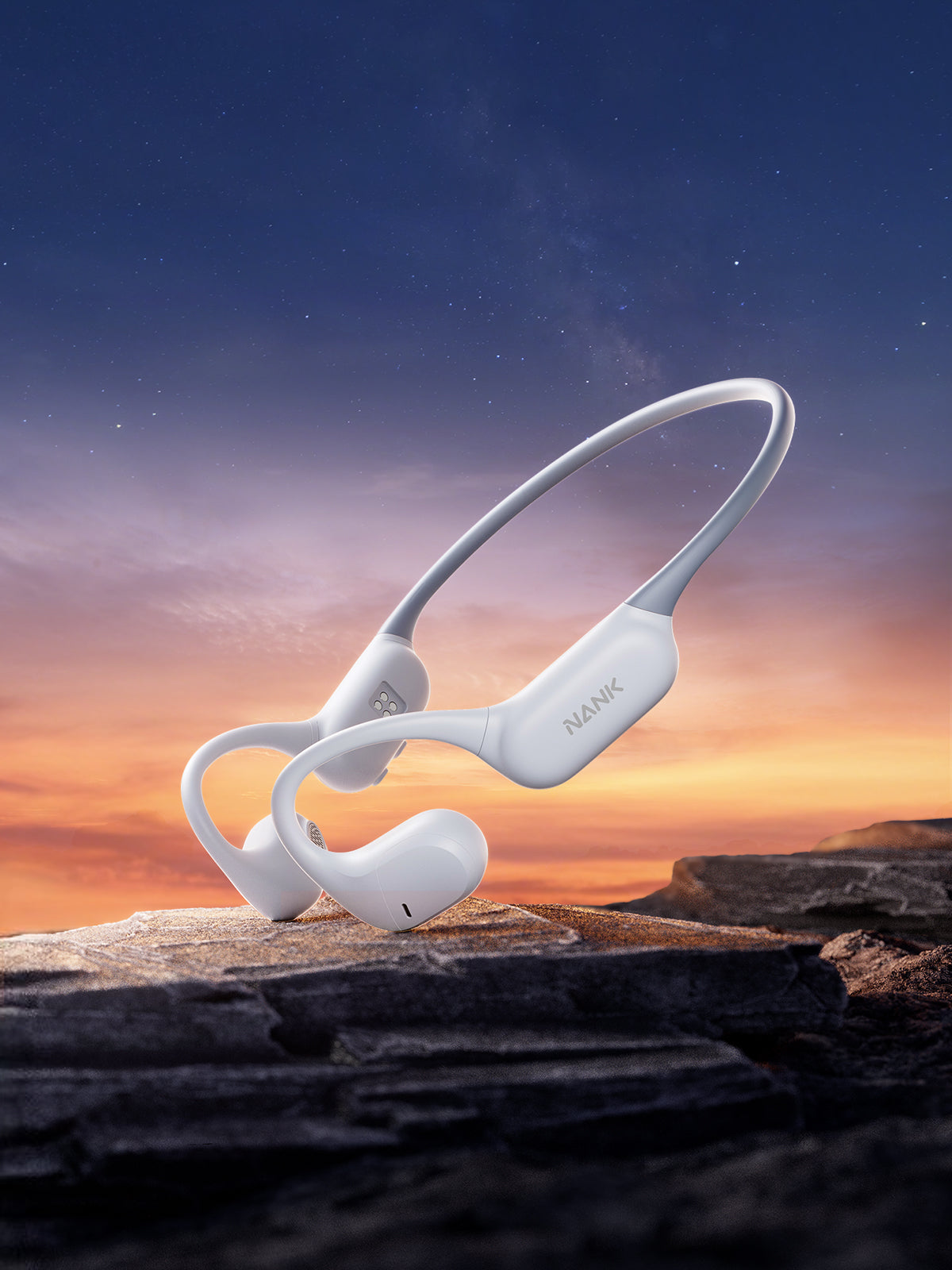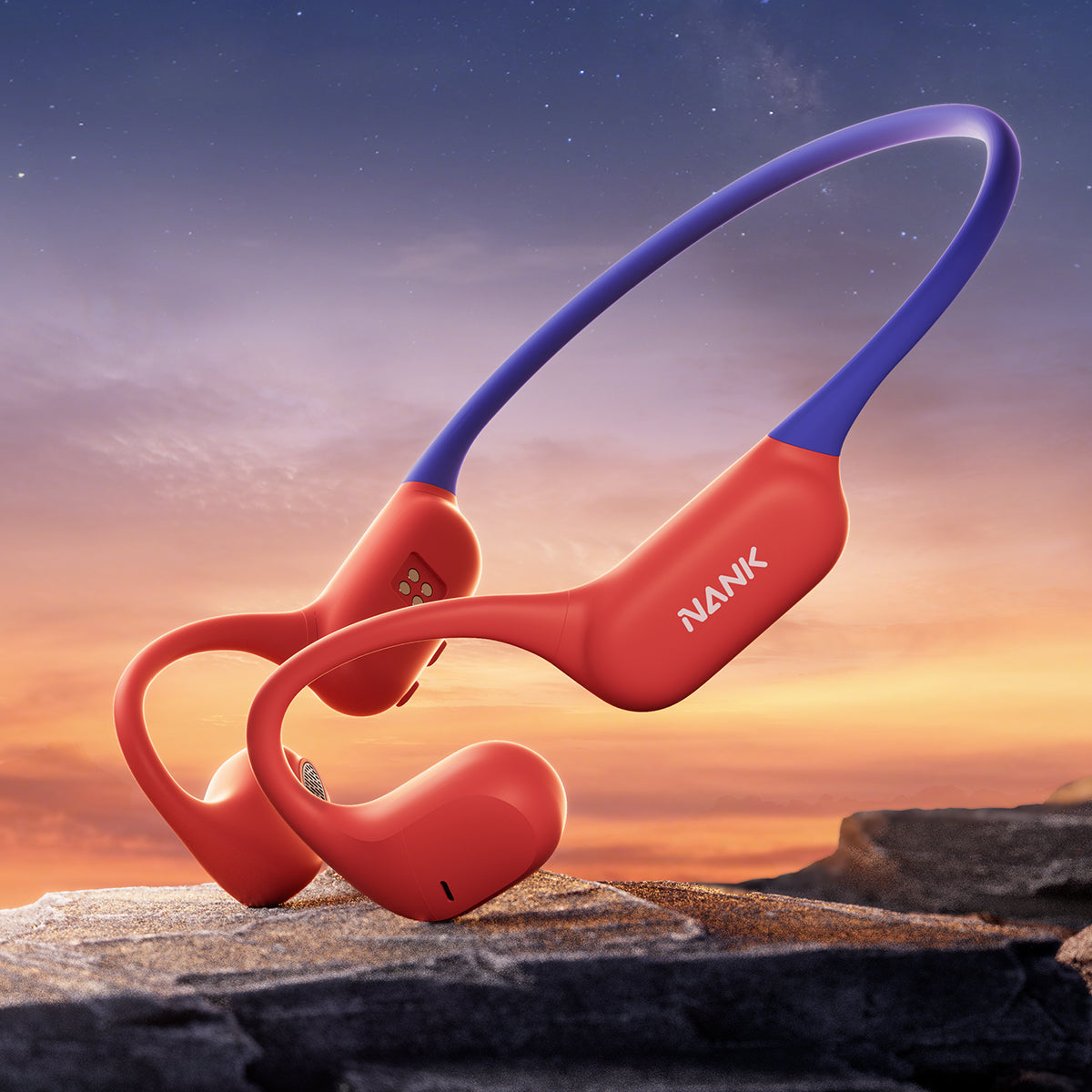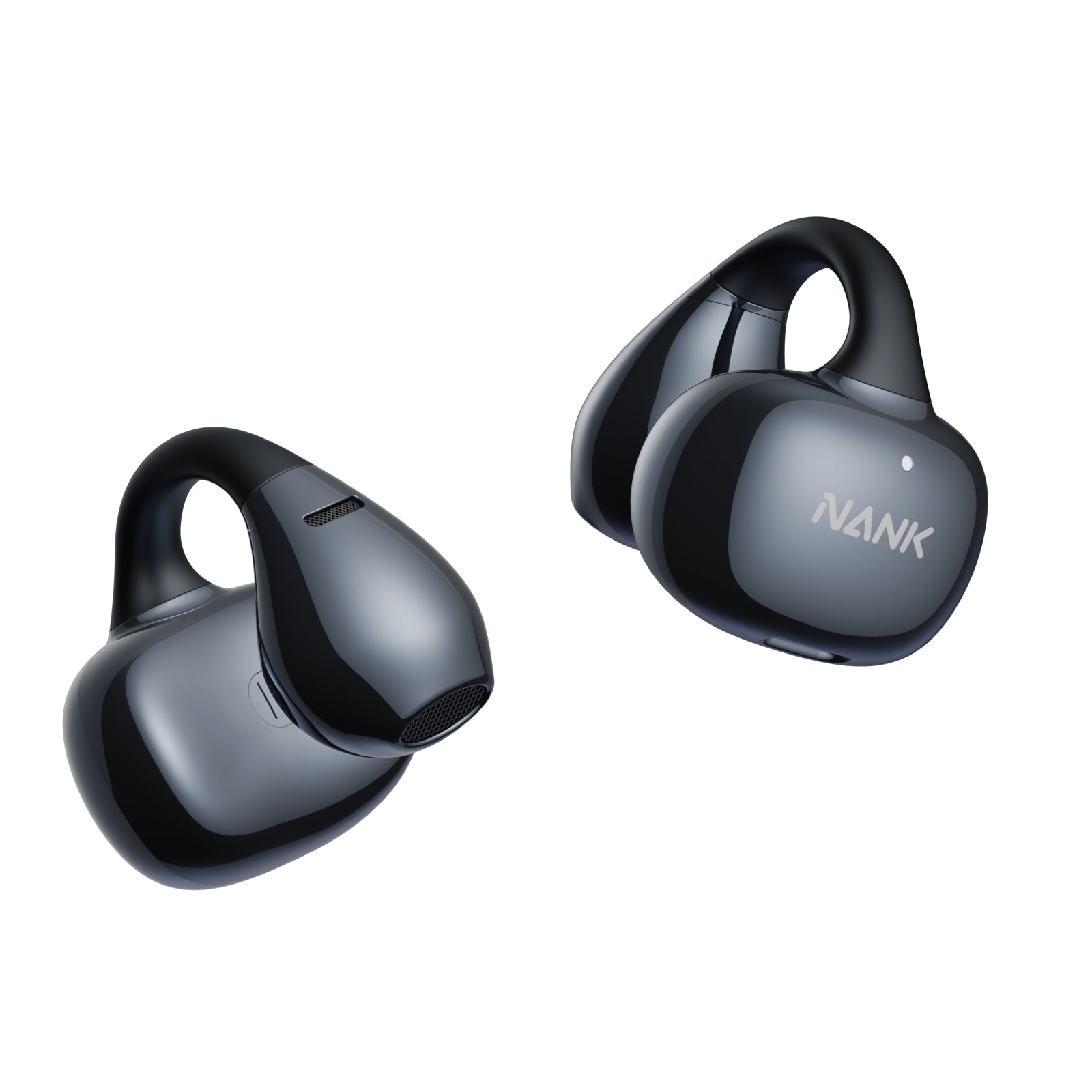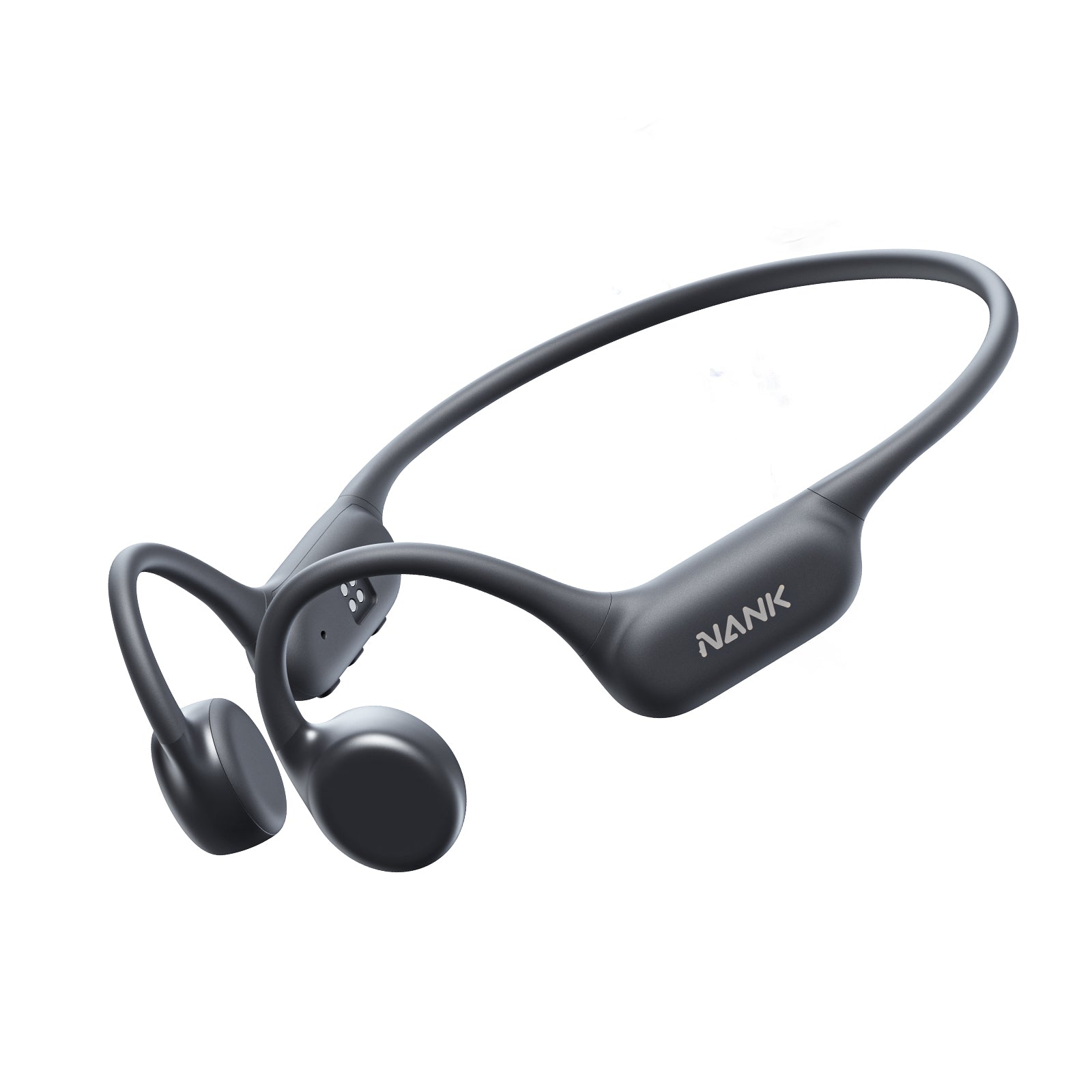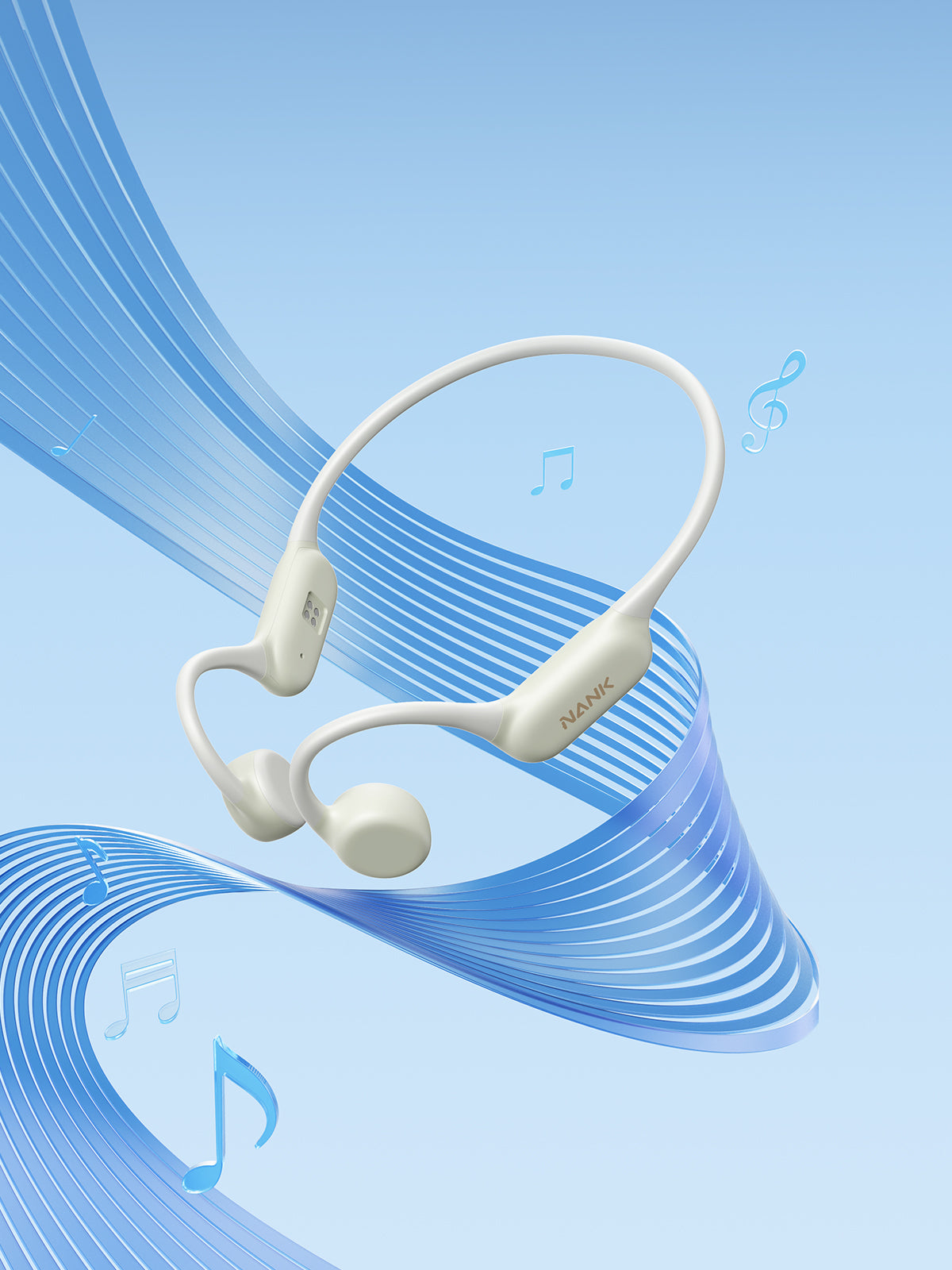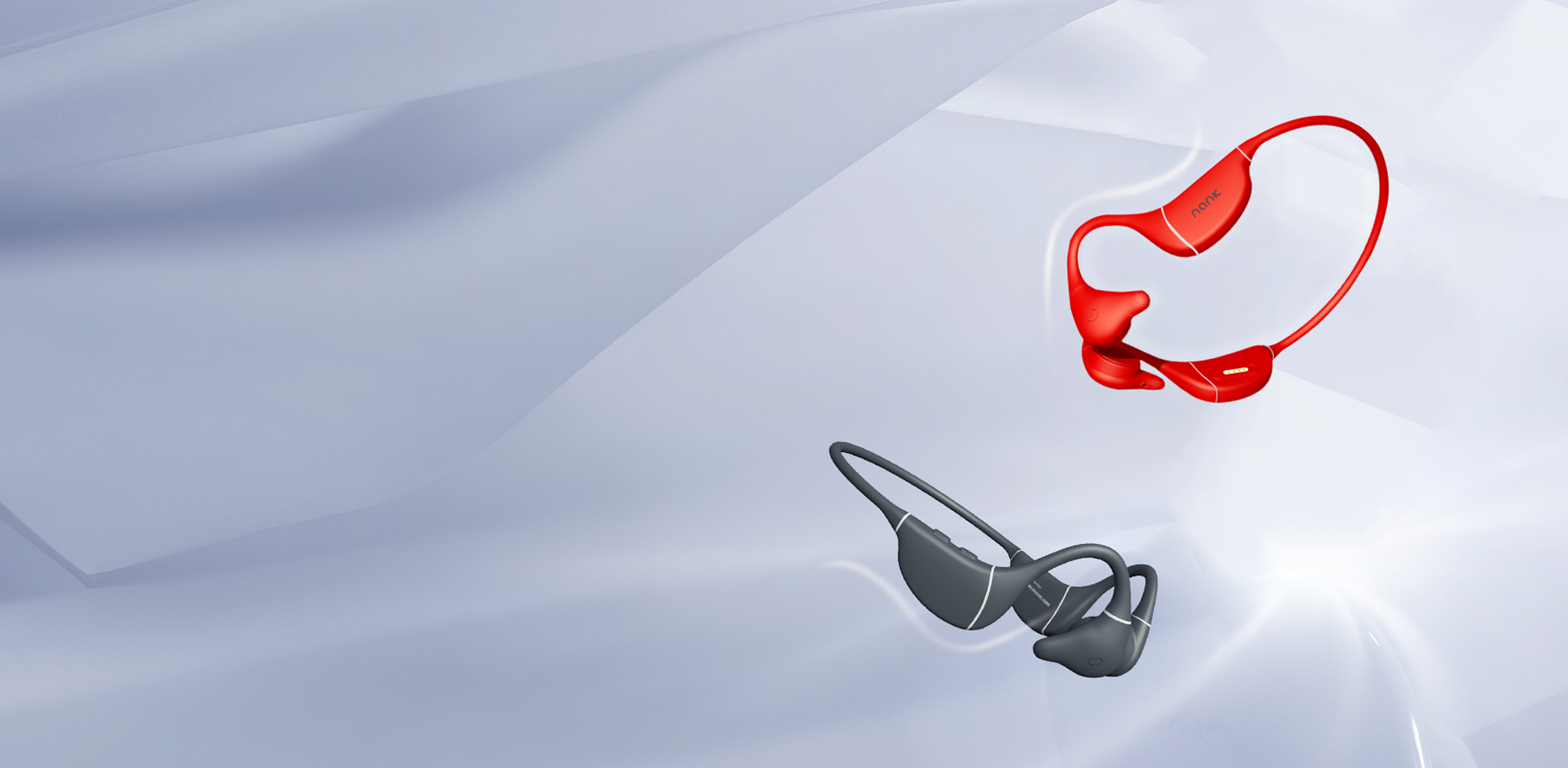Muy fácil comprar y enviar a México
I use these for swimming and they are excellent for this. I have an apple watch I use to track my workout. I have the headphones connected to my watch via bluetooth. For swimming, I switch the headphones to TF mode as bluetooth does not work well in the water. I would expect the TF mode to turn off the bluetooth but it does not. I keep getting a bluetooth disconnected / blue tooth pairing / bluetooth connected announcement while in TF mode. I know it's a small issue but it gets annoying. The headphone are great other than that.
Eu transpiro muito, então, procurei e usei outros fones que prometiam resistência ao suor, usar para natação em água doce, IPX8, mas com pouco uso, já paravam de funcionar.
Esse tem material que parece muito bom, mais resistente, já usei algumas vezes e por enquanto tudo bem, como é à prova d'água mesmo, acho que vai durar, mesmo ficando com receio da parte do carregador no fone ser exposta.
They fit well and the movement of the ear piece helps with fitment and sound.

